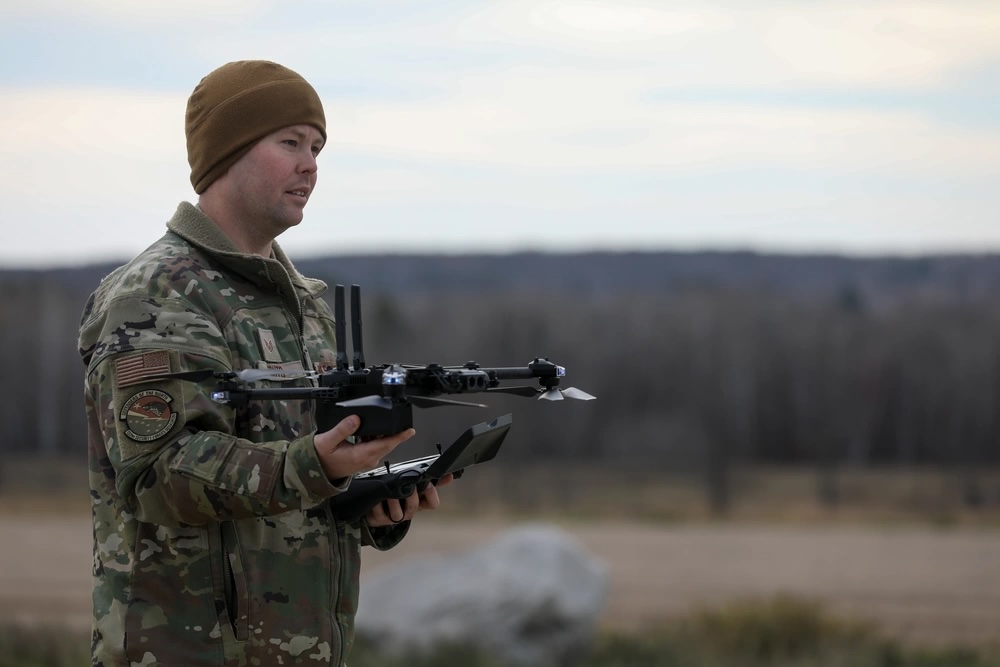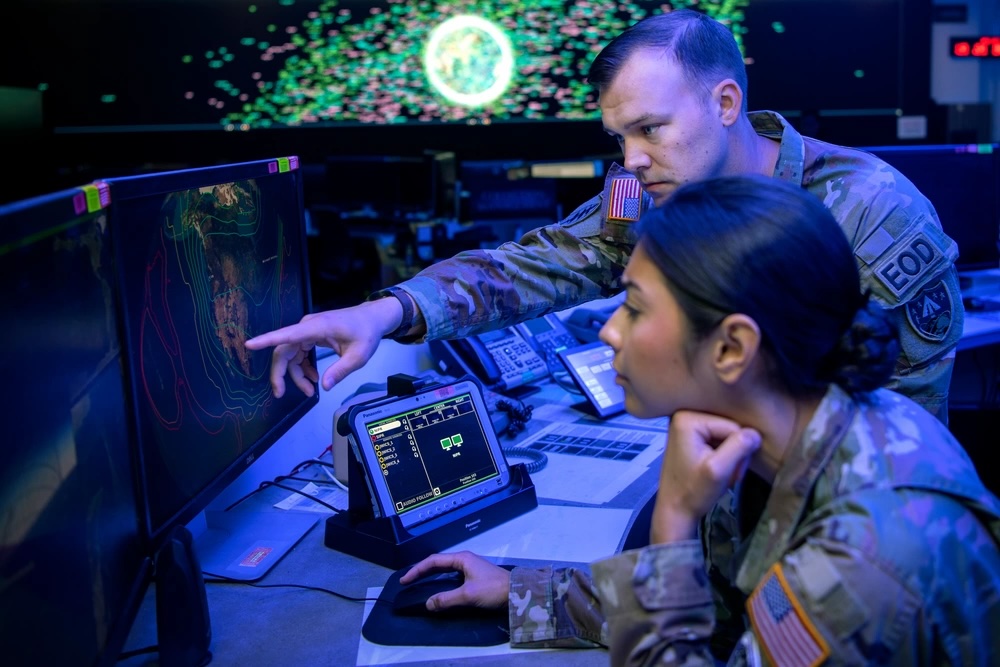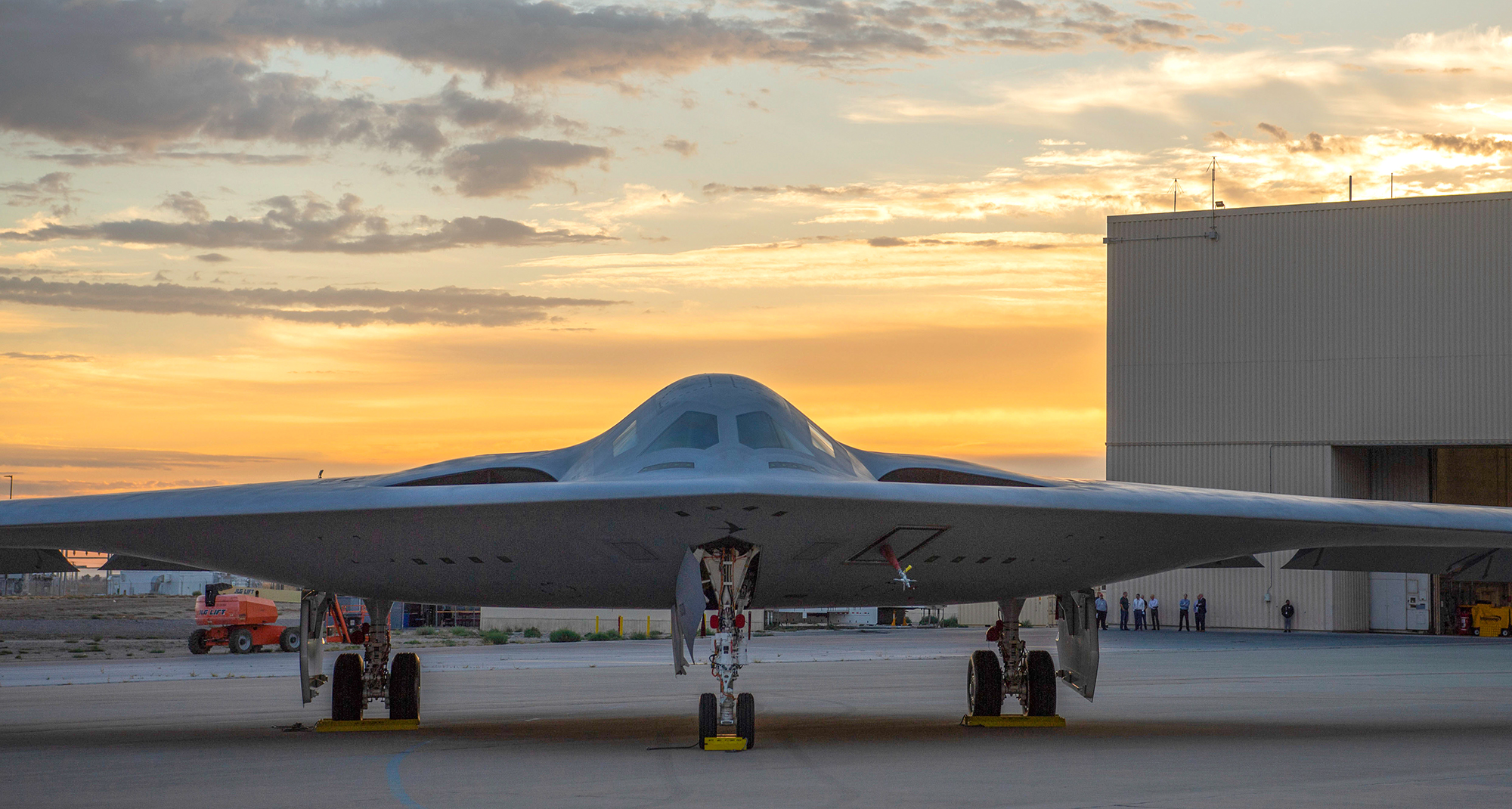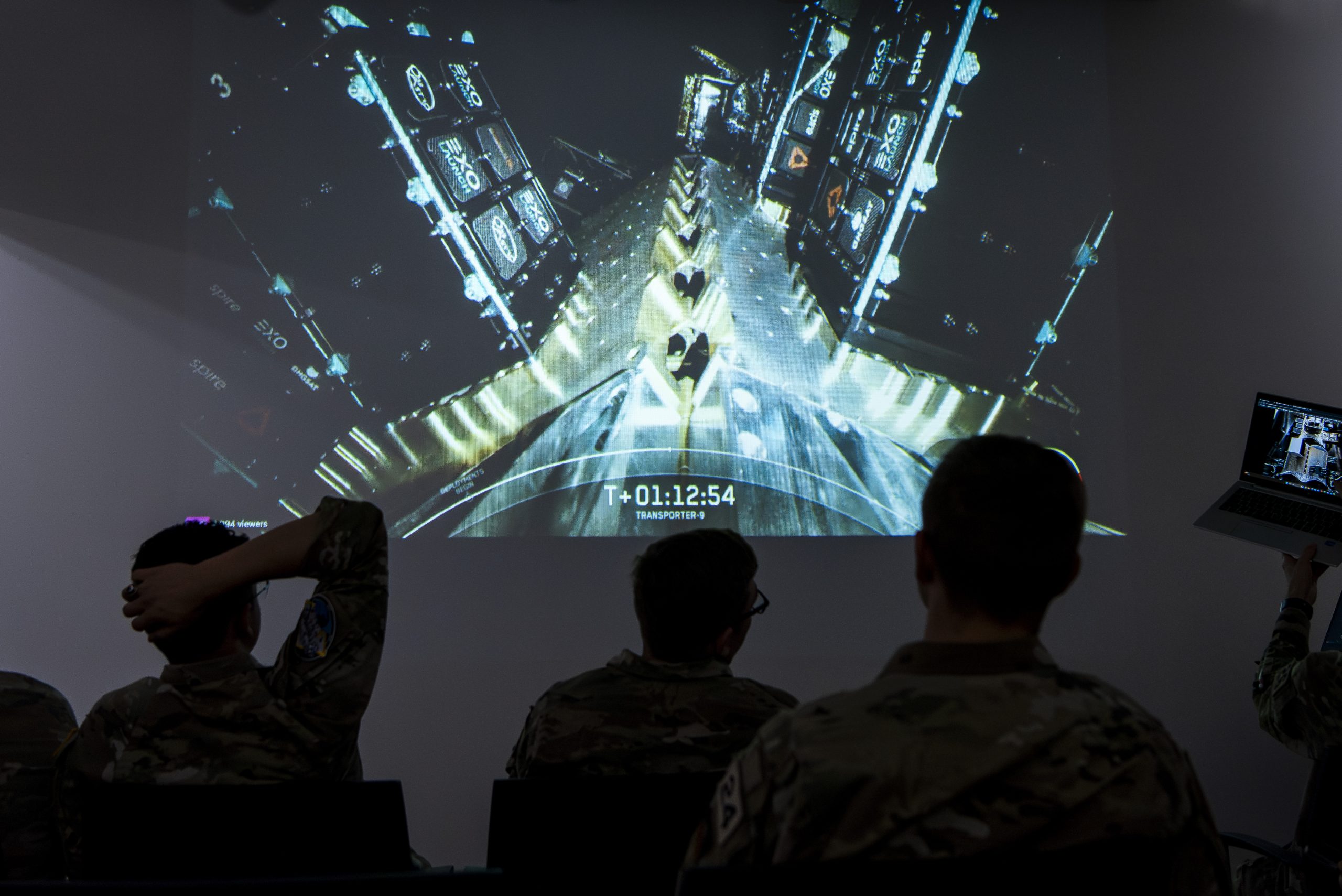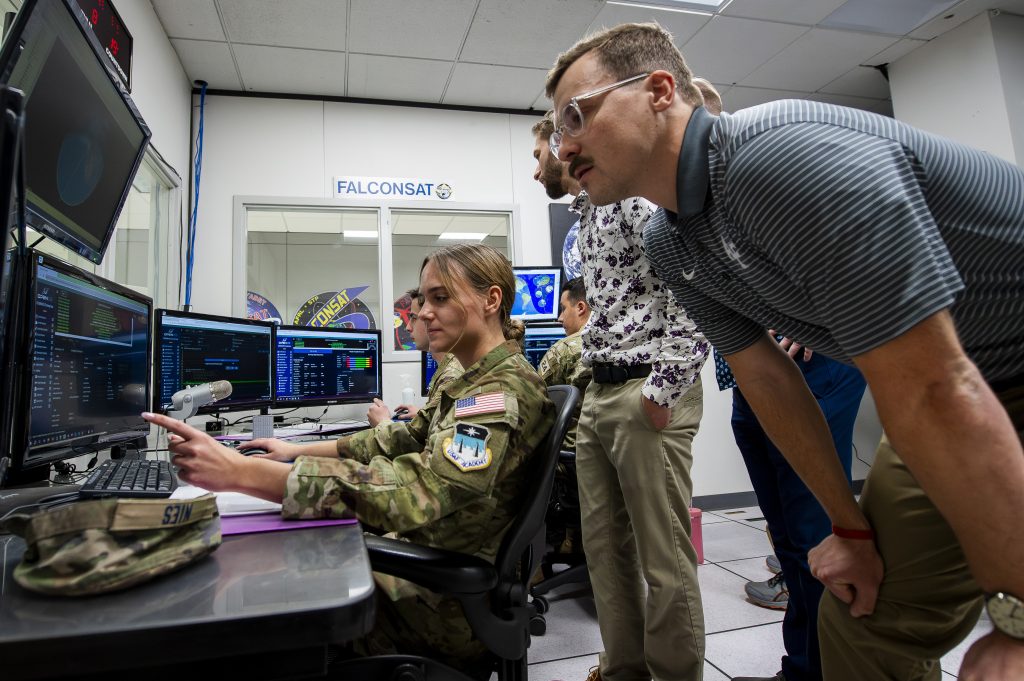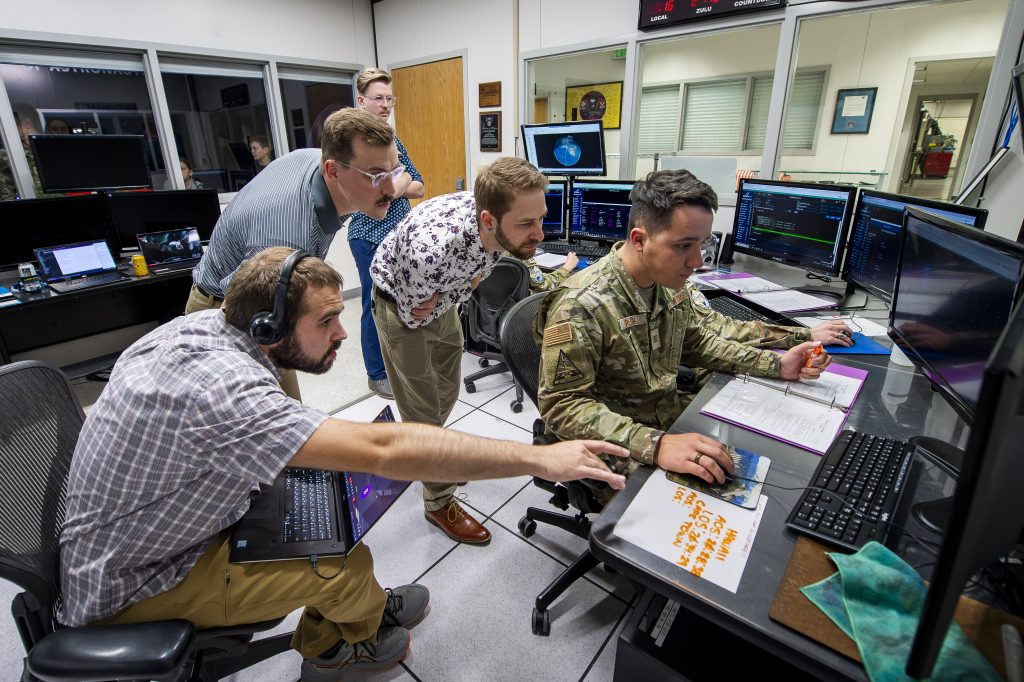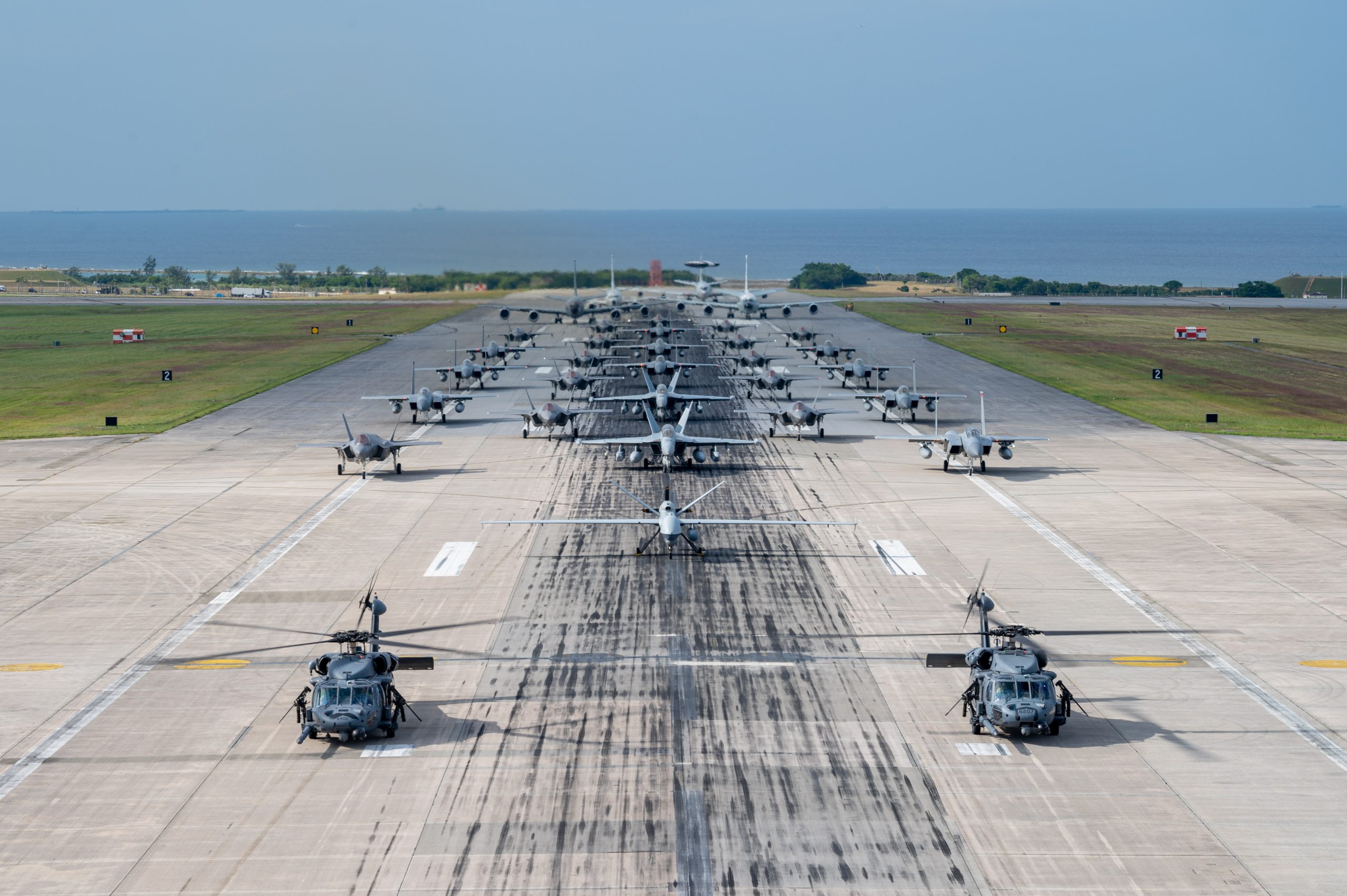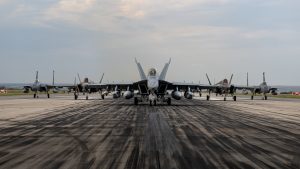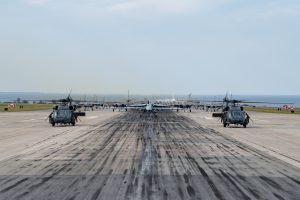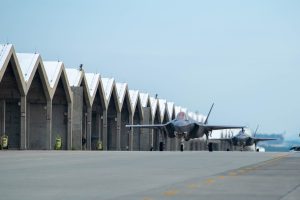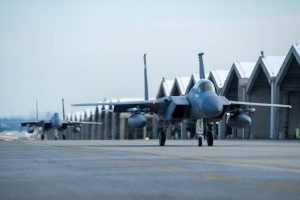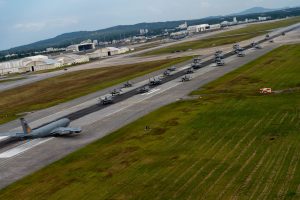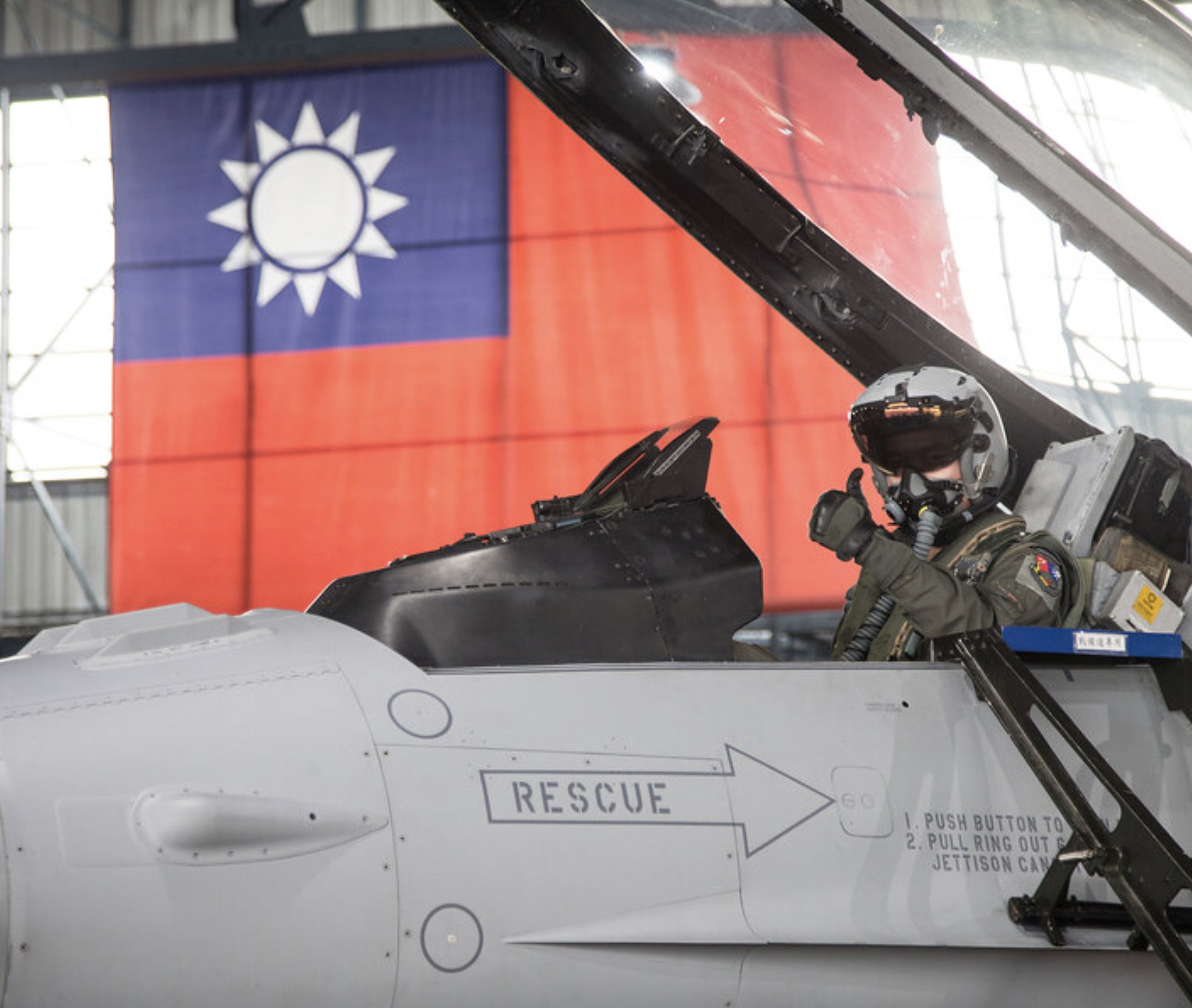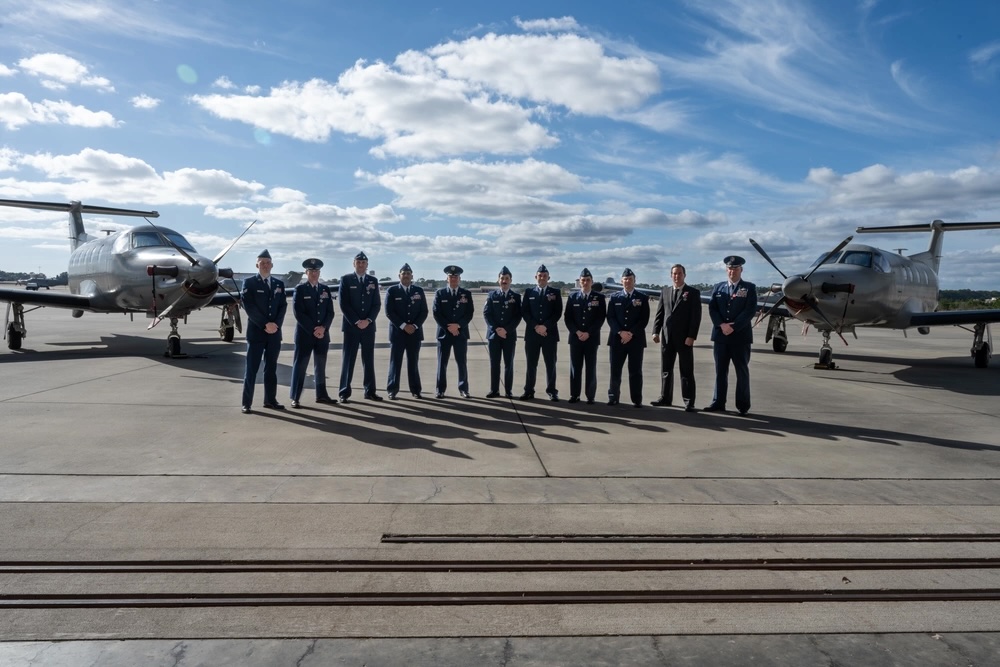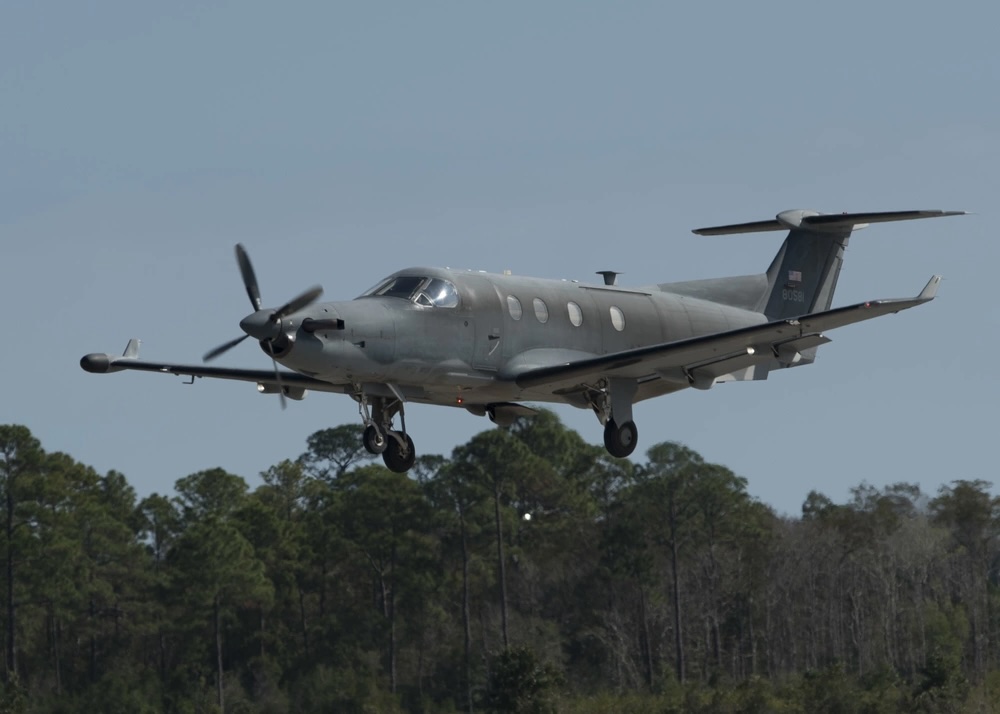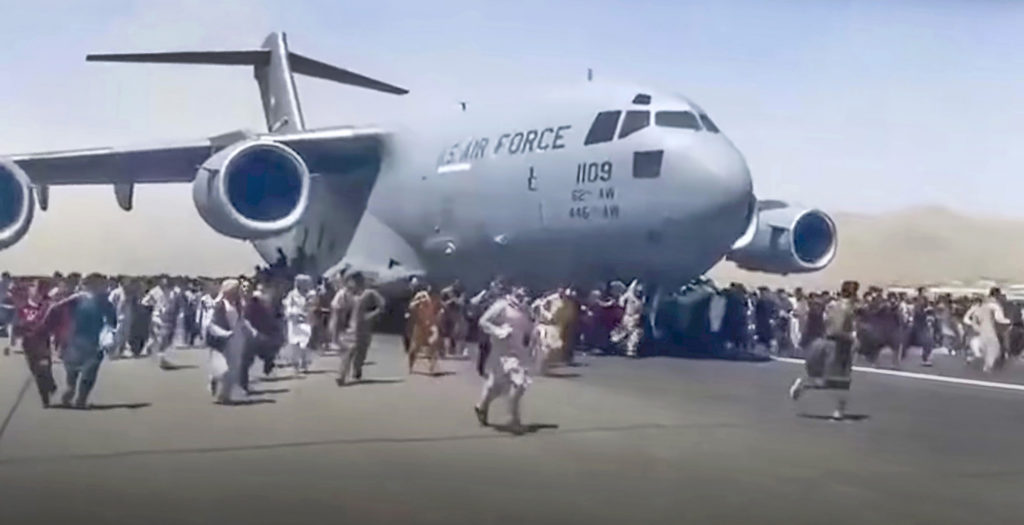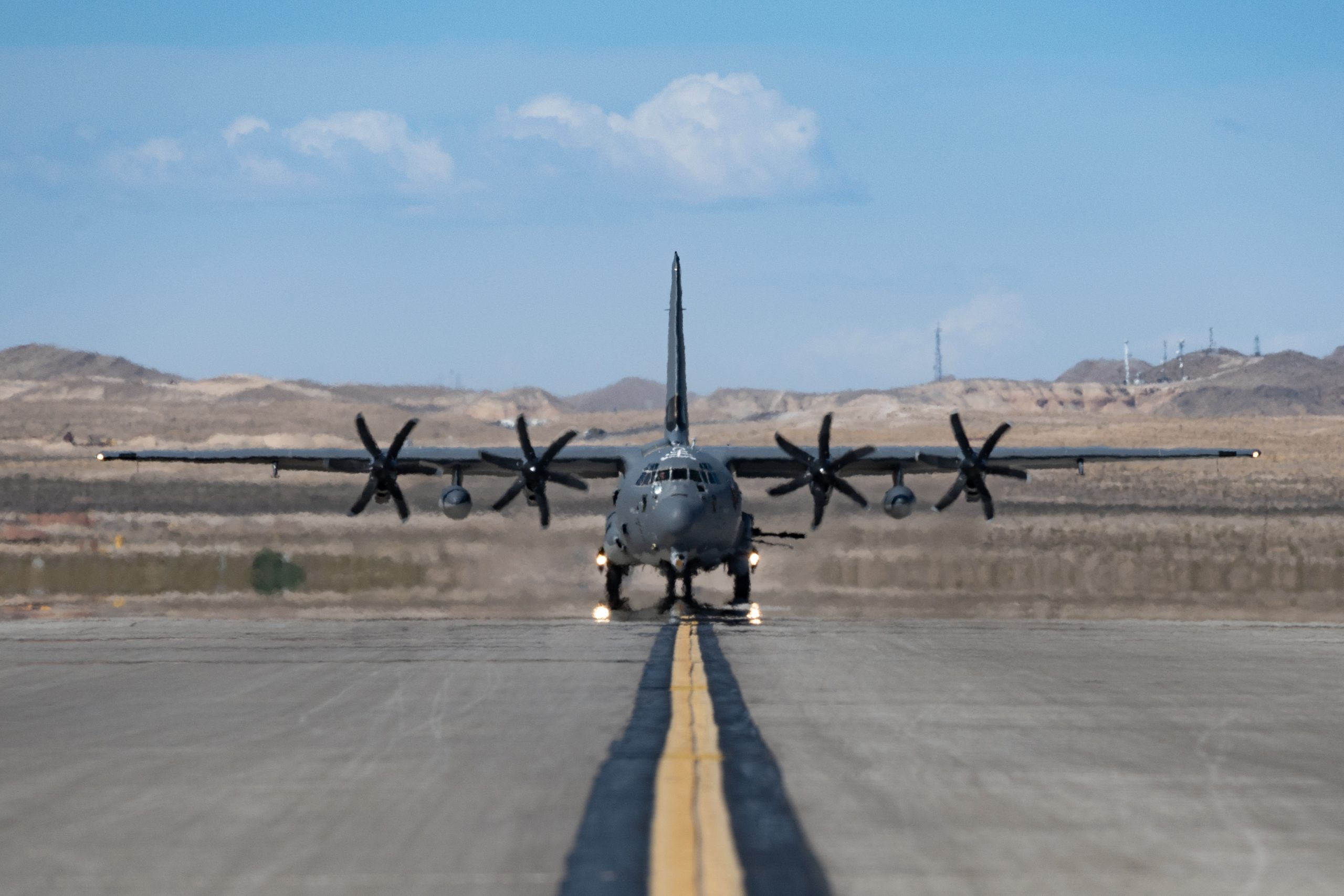Eight enlisted Airmen recently became the first Air National Guardsmen to train on a new drone which could boost security forces operations at home and abroad. Earlier this month, members of the Minnesota Air National Guard’s 133rd Security Forces Squadron learned to fly and operate the Skydio X2D, a quadcopter equipped with 4K cameras, night vision, a thermal sensor, and artificial intelligence that keeps the drone aloft so that operators can focus on gathering information.
“This is a game-changer; it’s a force multiplier in itself,” Tech Sgt. Brandon Trout, drone program manager for the 133rd Security Forces Squadron, said in a press release about the training. Trout explained that the drone can serve as a policing tool, giving defenders a complete view of a target building, creating 3D models of it, and tracking anyone who leaves.
“If an individual comes out of the building, I can tag that individual, and then the drone will follow him,” he said. “I don’t need to be on the ground chasing him. I can now get in my vehicle and follow him, and it will tell me exactly where he’s going. What this thing is doing is it’s adding the new AI technology into how our squadron operates.”
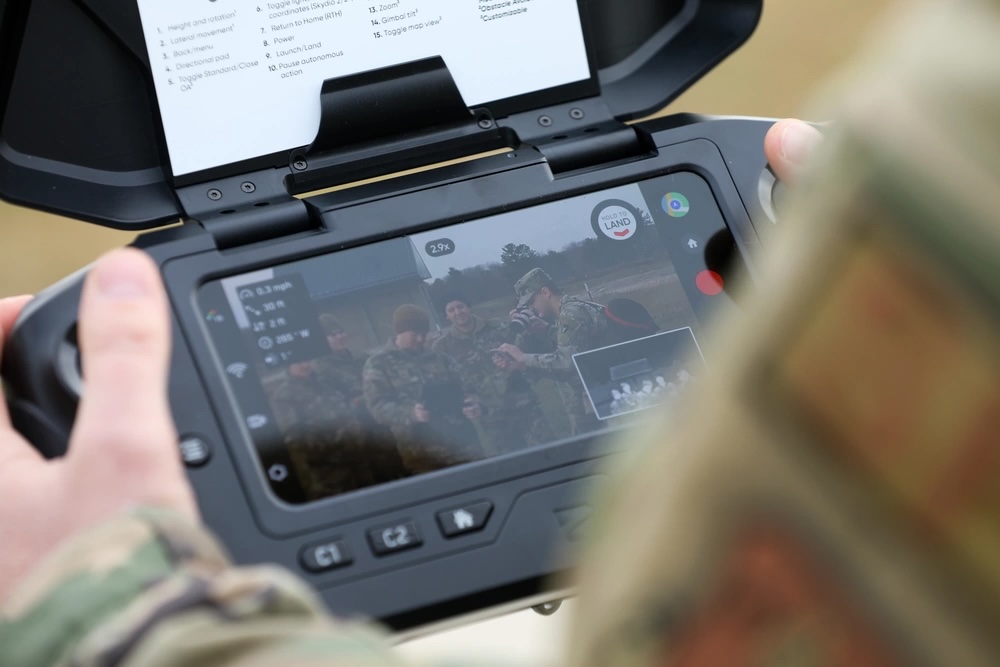
Over the course of three days at Minnesota’s Camp Ripley Training Center, the eight Airmen learned how to use these and other capabilities on the X2D, which can be controlled from a handheld computer. The drone can fly up to 35 minutes and has a 10-kilometer range, but Skydio marketing materials focus on the aircraft’s brains. According to the company website, a predictive AI algorithm keeps the drone flying, avoids running into obstacles, and automatically charts the safest way back to the operator.
“I think that when people think of drones, they think of cheap remote-controlled drones,” Trout said in the release. “That’s not true at all. These things are way more elaborate and complex than you could ever imagine.”
Better reconnaissance could help security forces Airmen, who double as base police and combat infantry in order to keep bases safe and secure.
“[T]his drone completely changes every single thing that we do,” Trout said. “Whether it’s domestic response, hurricane relief, infantry training, active shooters, all the way to the nuclear side of operations.”
Over the past several years, security forces Airmen around the world have tried using drones to better monitor installations. They also are experimenting with various counter-drone systems and practicing how to treat casualties after enemy drone attacks.
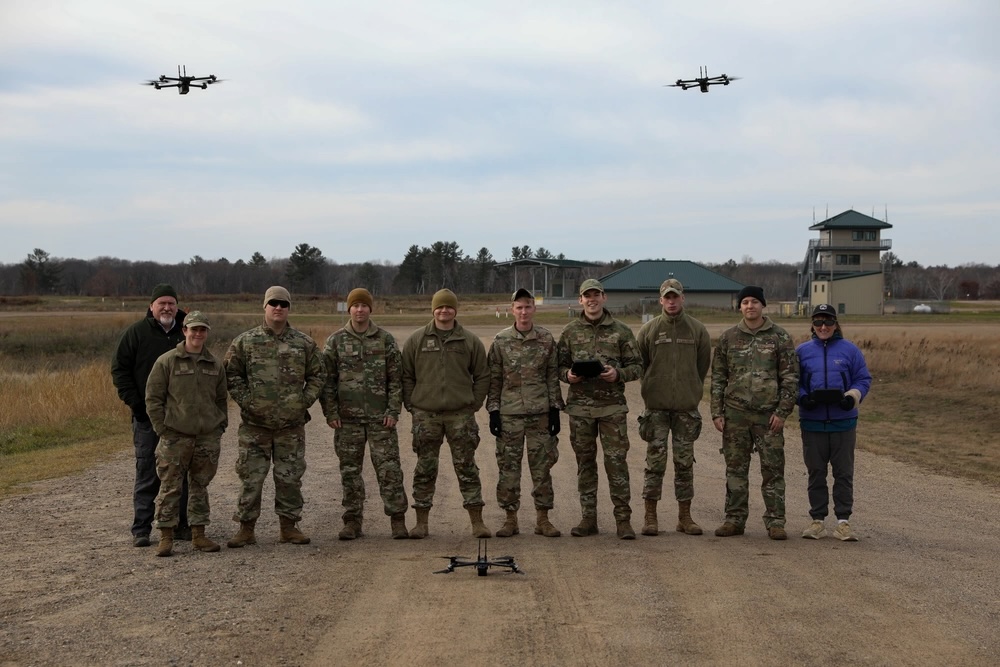
The X2D is just about two feet long, but big changes are on the horizon for military drones in general. On Nov. 21, Deputy Secretary of Defense Kathleen Hicks told reporters that the Department of Defense will select candidates for its Replicator initiative in December. The initiative is an effort to buy thousands of relatively inexpensive, autonomous drones in 18 to 24 months to make the military better prepared for a possible conflict with China.
“Replicator is meant to help us overcome the [People’s Republic of China]’s biggest advantage, which is mass: more ships, more missiles, more people,“ Hicks said when she first announced the initiative in August. “We’ll counter the PLA’s mass with mass of our own, but ours will be harder to plan for, harder to hit, and harder to beat.”
The candidates may not necessarily be announced next month, but Skydio, the company that makes the X2D, hopes its autonomous capabilities and resilience to cyber or electronic warfare threats will help put it on the list.
“The concept of ‘affordable mass’ has received a lot of attention as of late; smart drones are required for effective affordable mass,” W. Mark Valentine, President of Global Government at Skydio, said in a September commentary on Replicator.
Trout, the drone program manager in Minnesota, is ready for the change.
“This drone can do things that humans can’t physically do,” he said in the release. “So, we’re taking that strategic plan of integrating new technology in the Air Force, and we’re here today to implement it.”
